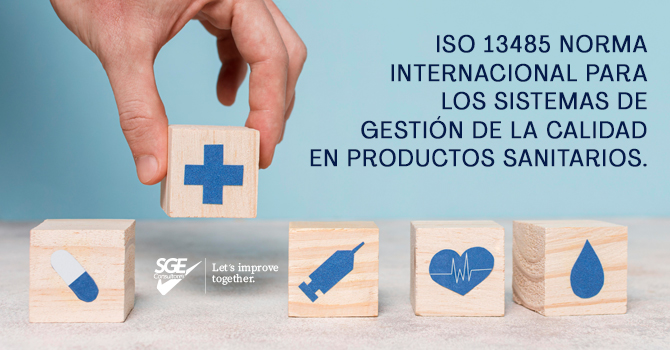
The Final Draft (FDIS) of ISO 45001, one of the world's most anticipated standards for occupational health and safety (OHS), has been approved.
Every 15 seconds, a worker dies from a work-related accident or illness, and 153 people experience a work-related injury. These represent a huge burden for organizations and society as a whole, which cost more than 2.3 million deaths a year, not to mention the more than 300 million non-fatal accidents *.
Now, with ISO 45001 in the Draft International Standard (DIS), the world is one step closer to a solid and effective set of processes to improve job security in global supply chains. Designed to help organizations of all sizes and industries, the standard is expected to reduce workplace injuries and illnesses worldwide.
More than 70 countries are directly involved in the creation of this important document, which is being developed by the ISO / PC 283 project committee, occupational health and safety management systems, with the British Standards Institution (BSI) as committee secretariat.
“Implementing a solid occupational health and safety management system helps organizations reduce accidents and illnesses, avoid costly processes, perhaps even reduce insurance costs, and create a culture of positivity in the organization when their employees see that their needs are being taken into account. ”explains David Smith, chairman of the committee. "The broad adoption of ISO 45001 should reduce horror stories in OHS mismanagement media that lead to large-scale loss of life, injury and disaster, as seen in factory buildings around the world." .
ISO 45001 is based on the common elements found in all ISO management system standards, ensuring a high level of compatibility with the new versions of ISO 9001, Quality Management Systems and ISO 14001, Systems environmental management. It uses a simple Plan-Do-Check-Act (PDCA) model, which provides a framework for organizations to plan what they must implement to minimize the risk of damage. The measures should address concerns that can lead to long-term health problems and absence from work, as well as those that lead to accidents.
Now that ISO 45001 has advanced to the DIS stage, ISO member national bodies have been invited to vote and comment on the text of the standard during the three-month voting period. If the result is positive, the modified document can be distributed to ISO members as a Final Draft International Standard (FDIS). In the case of an affirmative vote, ISO 45001 is expected to be published as an International Standard at the end of 2016 / beginning of 2017.
Source: iso.org





0 comments